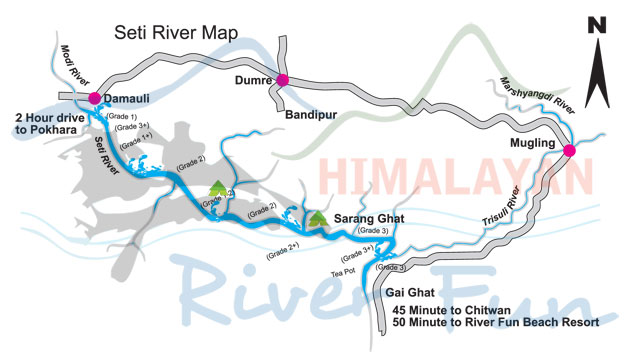ENGLISH LITERATURE (OPTIONAL) FOR UPSC:.......................................................................
UPSC (OPTIONAL ENGLISH LITERATRE)
ENGLISH The syllabus consists of two papers, designed to test a first-hand and critical reading of texts prescribed from the following periods in English Literature :
Paper 1
: 1600-1900 and Paper 2 : 1900–1990.
There will be two compulsory questions in each paper :
(a) A short-notes question related to the topics for general study, and (b) A critical analysis of UNSEEN passages both in prose and verse.
PAPER I (Answers must be written in English) Texts fordetailed study are listed below.
Candidates will alsobe required toshowadequate knowledge of the following topics and movements :
The Renaissance; Elizabethan and Jacobean Drama; Metaphysical Poetry; The Epic and the Mock-epic; Neo-classicism; Satire; The Romantic Movement; The Rise of the Novel; The Victorian Age.
Section A
1. William Shakespeare : King Lear and TheTempest.
2. John Donne. The following poems : –Canonization; –Death be not proud; –The Good Morrow; –On his Mistress going to bed; –The Relic;
3. John Milton : Paradise Lost,I, II, IV, IX.
4. Alexander Pope.TheRape ofthe Lock.
5.William Wordsworth. The following poems : – Ode on Intimations of Immortality. – Tintern Abbey. – Three years she grew. Government strives to have a workforce which reflects gender balance and women candidates are encouraged to apply. – She dwelt among untrodden ways. – Michael. – Resolution and Independence. – The World is too much with us. – Milton, thou shouldst be living at thishour. – Upon Westminster Bridge.
6. Alfred Tennyson : In Memoriam.
7. Henrik Ibsen : A Doll’sHouse.
Section B
1. Jonathan Swift, Gulliver’s Travels.
2. Jane Austen. Pride and Prejudice.
3. Henry Fielding. Tom Jones.
4. Charles Dickens. Hard Times.
5. George Eliot. The Mill on the Floss.
6. Thomas Hardy. Tess of the d’Urbervilles.
7. Mark Twain.
The Adventures of Huckleberry Finn.
PAPER II
(Answers must be written in English) Texts fordetailed study are listed below.
Candidates will alsobe required toshowadequate knowledge of the following topics and movements : Modernism; Poets ofthe Thirties;
The stream-of-consciousnessNovel;AbsurdDrama; Colonialism and Post-Colonialism; Indian Writing in English; Marxist, Psychoanalytical and Feminist approaches to literature; Post-Modernism.
Section A
1. William Butler Yeats.
The following poems : – Easter 1916. – The Second Coming. – A Prayer for my daughter. – Sailing to Byzantium. – The Tower. – Among School Children. – Leda and the Swan. – Meru. – Lapis Lazuli. – The Second Coming. Government strives to have a workforce which reflects gender balance and women candidates are encouraged to apply. – Byzantium.
2. T.S. Eliot.
The following poems : – The Love Song of J. Alfred Prufrock. – Journey of the Magi. – Burnt Norton.
3. W.H. Auden.
The following poems : – Partition – Musee des Beaux Arts – In Memory of W.B. Yeats – Lay your sleeping head, my love – The Unknown Citizen – Consider – Mundus Et Infans – The Shield of Achilles – September 1, 1939 – Petition
4 JohnOsborne : Look Back in Anger.
5 SamuelBeckett.Waiting forGodot.
6. Philip Larkin. The following poems : – Next – Please – Deceptions – Afternoons – Days – Mr. Bleaney
7. A.K. Ramanujan.
The following poems : –
Looking for a Cousin on a Swing – A River – Of Mothers, among other Things – Love Poem for a Wife 1 – Small-Scale Reflections on a GreatHouse – Obituary (All these poems are available in the anthology
Ten Twentieth Century Indian Poets, edited by R. Parthasarthy, published by Oxford University Press, New Delhi). Government strives to have a workforce which reflects gender balance and women candidates are encouraged to apply.
Section B .
1. Joseph Conrad. Lord Jim.
2. James Joyce. Portrait of the Artist as a Young Man.
3. D.H. Lawrence. Sons and Lovers.
4. E.M. Forster. A Passage to India.
5. Virginia Woolf. Mrs. Dalloway.
6. Raja Rao. Kanthapura.
7. V.S. Naipaul. A House for Mr. Biswas.

Comments
Post a Comment